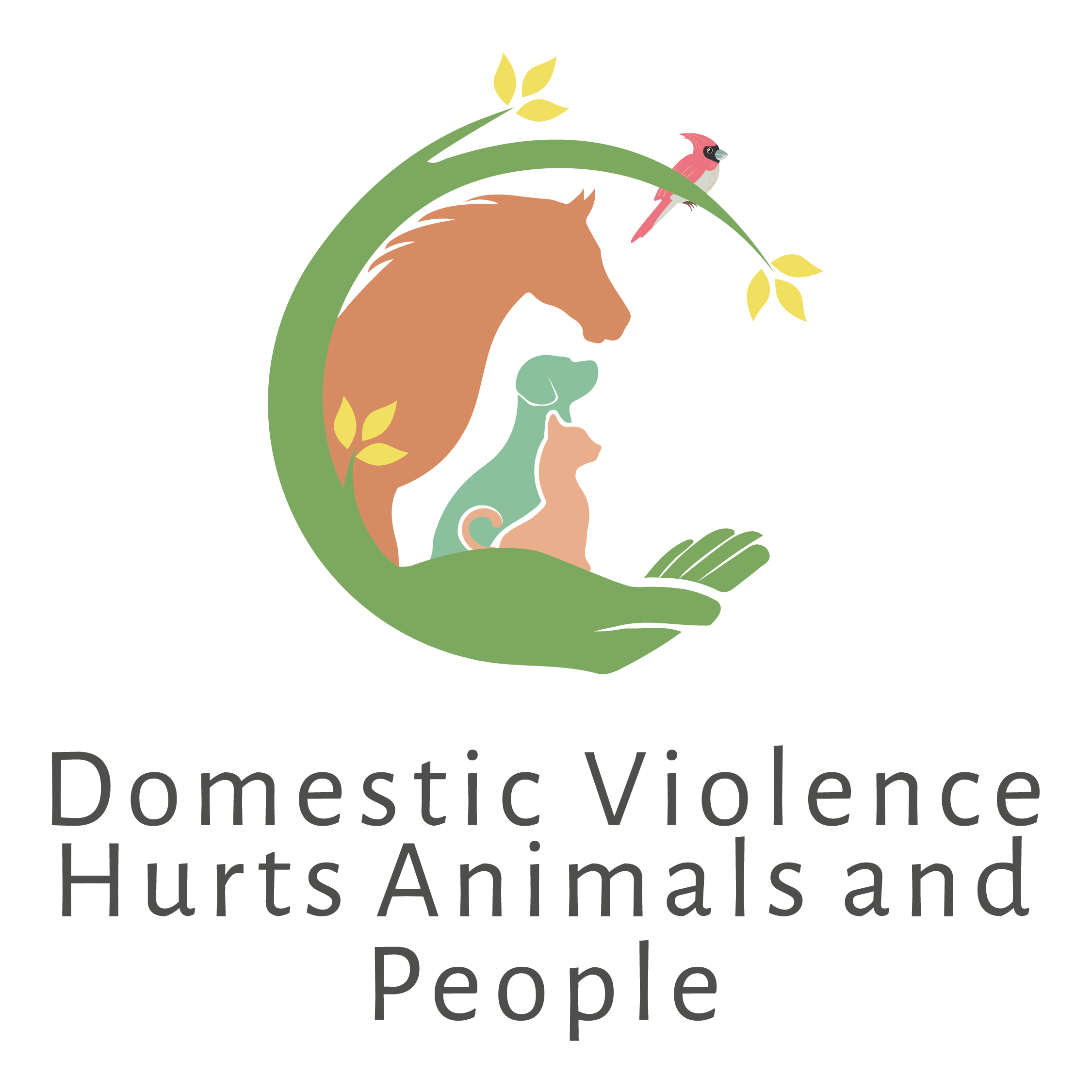Correlation Between Animal and Family Violence
National Child Maltreatment Statistics
The statistics of child maltreatment and neglect show the severity of the problem. Since animal abuse is typically the first abuse reported to law enforcement, it makes sense for law enforcement to investigate what is going on with the family when they respond to an animal abuse situation. It is likely they will find evidence of family violence and with early intervention, we could see these horrifying statistics become a sad memory.
- 4.4 million child maltreatment referral reports received.
- Child abuse reports involved 7.9 million children.
- 91.4% of victims are maltreated by one or both parents.
- Only 3.4 million children received prevention and post-response services.
- 142,056 children received foster care services.
- 491,710 victims (74.9%) are neglected.
- 115,100 victims (17.5%) are physically abused.
- 60,927 victims (9.3%) are sexually abused.
- 39,824 victims (6.1%) are psychologically maltreated.
- Highest rate of child abuse in children under age one (25.7 per 1,000).
- Annual estimate: 1,840 children died from abuse and neglect in 2019.
- Five children die every day from child abuse.
- Seventy (70.3%) percent of all child fatalities were younger than 3 years old.
- 79.7% of child fatalities involve at least one parent.
- Of the children who died, 72.9% suffered child neglect.
- Of the children who died, 44.4% suffered physical abuse either exclusively or in combination with another maltreatment type.
- 45.4% of children who die from child abuse are under one year.
- Boys had a higher child fatality rate than girls (2.98 boys & 2.20 girls per 100,000)
- Almost 61,000 children are sexually abused.
- 2018 was the first year for which states are reporting the new maltreatment type of sex trafficking. For 2019, 29 states report 877 unique victims of sex trafficking.
- For victims of the sex trafficking maltreatment type, the majority (89.1%) are female and 10.4 percent are male.
- It is estimated that between 50-60% of maltreatment fatalities are not recorded on death certificates.
- Child abuse crosses all socioeconomic and educational levels, religions, and ethnic and cultural groups.
- 14% of all men in prison and 36% of women in prison in the USA were abused as children, about twice the frequency seen in the general population.
- Children who experience child abuse and neglect are approximately 9 times more likely to become involved in criminal activity.
Consequences & Risk Factors
Child neglect and maltreatment are likely to create consequences for victims later in life.
- Abused children are 25% more likely to experience teen pregnancy.
- Abused teens are more likely to engage in sexual risk taking behaviors, putting them at greater risk for STDs.
- About 30% of abused and neglected children will later abuse their own children, continuing the horrible cycle of abuse.
- In at least one study, about 80% of 21 year olds who were abused as children met criteria for at least one psychological disorder.
- The financial cost of child abuse and neglect in the United States is estimated at $585 billion.
Source: US Department of Health & Human Services 2019
How do these statistics relate to violence in the family?
Thousands of studies from fields of psychology, criminology, sociology, and law support a correlation between animal cruelty, family violence, and other forms of interpersonal violence. When pet animals are neglected or abused it is a warning sign that other household members may not be safe. Abusers may threaten or harm animals to gain control of their human victims to prevent them from leaving or speaking about their abuse.
National Network to End Domestic Violence (NNEDV) 15th Annual Report: Hawaii one-day summary, September 10, 2020:
- 839 victims served
- 58% requested Keiki support and advocacy
- 281 requests for emergency shelter/housing
- 33% requested support/advocacy related to public benefits
- 33% requested support/advocacy related to mental health
- 93 hotline contacts received
How many others were too afraid to make the call for help?

